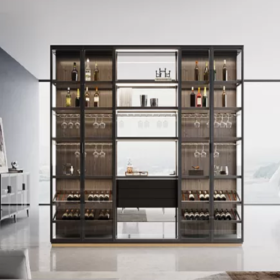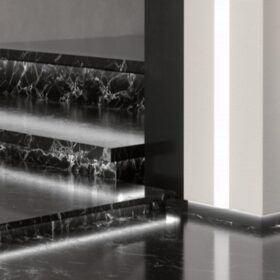Kitchen Counter Handles for Heavy Use- Best Choices
When it comes to kitchen counter handles, durability and functionality are paramount. Whether you’re a culinary enthusiast preparing elaborate meals or simply use your kitchen frequently, having handles that can withstand demanding use is essential. This article delves into the best options for kitchen counter handles designed to handle heavy-duty use.
Materials for Durability
The materials used in kitchen counter handles significantly impact their longevity. Opt for materials that can withstand regular wear and tear and resist damage from impacts and moisture.
Metals: Stainless steel is a classic choice for kitchen handles due to its durability, resistance to corrosion, and ease of cleaning. Aluminum and brass are other metal options that offer strength and a touch of style.
Solid Wood: Solid wood handles exude warmth and elegance. While they may require more maintenance than metal handles, certain hardwoods like oak and cherry are known for their resilience.
Composite Materials: Composite handles combine different materials, such as wood and epoxy, to create durable and water-resistant options. They offer a wider range of styles and colors than traditional materials.
Handle Style and Ergonomics
In addition to durability, consider the style and ergonomics of the handles to enhance comfort and functionality.
Shape: Choose handles with a comfortable grip that fits the shape of your hand. Avoid sharp edges or angular designs that could cause discomfort during prolonged use.
Size: Determine the right size for your cabinetry. Larger handles may be more comfortable for larger hands or those with mobility issues.
Placement: Position the handles conveniently for easy access and grip, ensuring they do not interfere with other kitchen components or appliances.
Mounting and Installation
Proper installation is crucial for the longevity and functionality of counter handles.
Mounting Type: Handles can be mounted on the front (overlay) or inset into the cabinets (recessed). Recessed handles provide a more streamlined look, while overlay handles are easier to install.
Screw Type: Use screws that are specifically designed for kitchen handles and are the appropriate size for the handle and cabinetry. Tighten the screws securely to prevent loosening over time.
Alignment: Ensure the handles are aligned evenly and horizontally across all cabinets for a professional and aesthetically pleasing result.
Conclusion
Kitchen counter handles for heavy use should prioritize durability, comfort, and functionality. By considering the materials, style, ergonomics, and installation, you can select the best handles that meet the demands of your kitchen and enhance your culinary experience.
-
2024-11-29Top Trends in Modern Kitchen Cabinet Pulls for 2024
-
2024-11-28The Ultimate Guide to Modern Kitchen Cabinet Pulls- Materials, Styles, and Tips
-
2024-11-27Elevate Your Kitchen Design with These Must-Have Modern Cabinet Pulls
-
2024-11-26Sleek and Stylish- The Best Modern Kitchen Cabinet Pulls for a Contemporary Look










